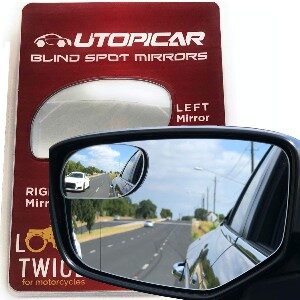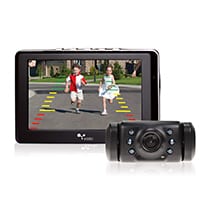A car crash can happen to anyone, even if they tick all the boxes for safe driving. But older drivers are at a significant disadvantage—they’re more likely to sustain life-threatening injuries in a car crash simply because they’re more vulnerable to injury in the first place.7 While you don’t have full control over a car accident, you can plan ahead to try to improve the outcome if one happens.
Mortality rates increase the longer it takes for emergency medical services to arrive on the scene of a car crash.8 And given older adults’ higher probability for injury as it is, you definitely want EMS to get there as soon as possible if your aging parent’s ever in a car crash.
Fortunately, tech can help speed things up so your loved one isn’t waiting for passersby to call for help. A car crash detection device like Hum by Verizon automatically calls 911 and sends GPS data to dispatchers once a crash is detected. The Noonlight app has an affordable car crash detection feature too, and soon all iPhones might have the same functionality free of charge.9
If your parent drives a vehicle equipped with OnStar, you’ve already got crash-response technology at your fingertips—just make sure you subscribe to a monthly OnStar plan to activate it.
Your loved one might experience bouts of confusion and disorientation as they age. Whether or not it’s severe enough to prevent them from driving is something you’ll want to discuss with their doctor. In the meantime, be prepared for the possibility that your parent could head home from the grocery store and get totally lost—or go to the house they lived in 40 years ago.
If your loved one is confused, they might not be able to explain where they are. That’s where the GPS tracker comes in handy.
You can go the discreet route with a vehicle GPS tracker that plugs into the car’s OBD port. Other GPS trackers—like the AngelSense, Jiobit, or Angel Watch Series R Assist—are meant to be worn. Your parent contacts you by simply pressing a button.
If you’re worried you’ll miss their call, consider a professionally monitored mobile medical alert. We like the Aloe Care Health Mobile Companion because it’s easy to stay in the loop when your loved one contacts the monitoring center. You can even hop on a three-way call with the center and your loved one to plan a course of action.






